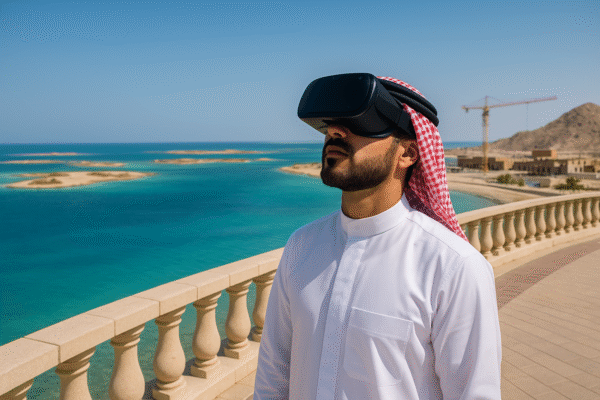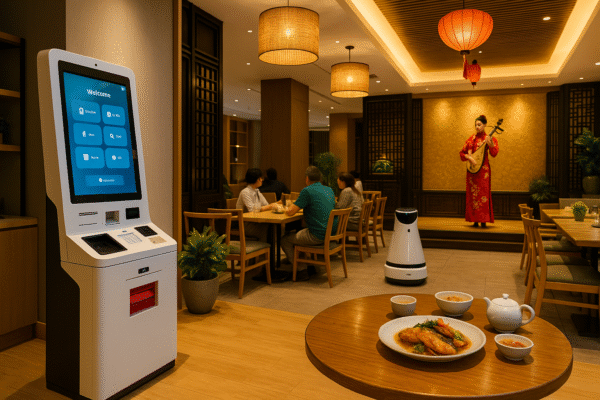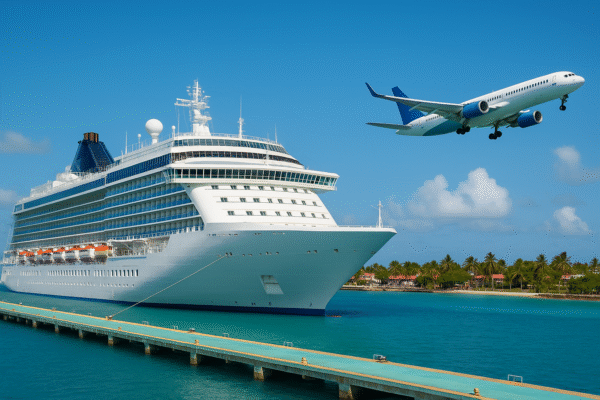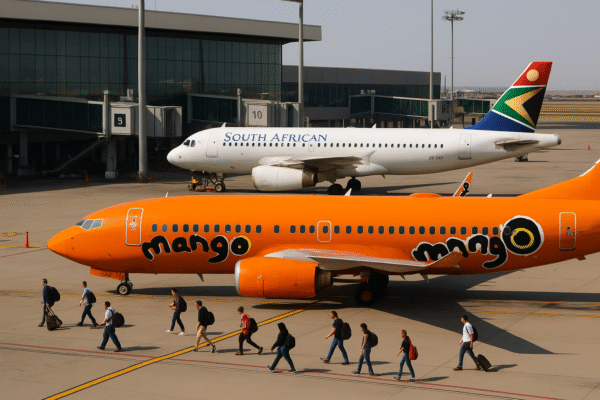In a world where air travel often prioritizes speed and efficiency, a handful of airports are setting a new benchmark by transforming terminals into architectural marvels. At the 2025 edition of the globally acclaimed Prix Versailles, airports from China, France, and the Indian Ocean region stood out for combining aesthetic brilliance with sustainable innovation.
Yantai Penglai International Airport (China), Marseille Provence Airport (France), and Roland Garros Airport on Réunion Island were recognized as the world’s most beautiful and thoughtfully designed terminals, proving that the future of aviation includes serene, eco-conscious spaces that enhance the journey itself.
Yantai Penglai Terminal 2: A Coastal Tribute to Nature
Topping the global list was Yantai Penglai International Airport’s Terminal 2 in Shandong Province, China. Spanning over 167,000 square meters, this terminal harmoniously blends modernity with nature. Designed with inspiration from the coastal curves and Kunyu Mountains, its undulating roofline mirrors the natural surroundings, offering passengers a peaceful, expansive environment.
Natural light floods the terminal through wide skylights, while advanced materials ensure a reduced environmental footprint. The layout promotes intuitive movement through the space, enhancing passenger comfort. Its seamless integration of beauty and functionality impressed the Prix Versailles jury, who awarded it the global winner in the airport category.
Architectural Elegance at Marseille Provence Airport
Earning second place was the expanded Terminal 1 at Marseille Provence Airport, designed by the esteemed British architectural firm Foster + Partners. The terminal extension covers 22,000 square meters and is an ode to light, space, and sustainability.
Its roof, embedded with skylights, maximizes natural daylight and supports natural ventilation, significantly reducing energy usage. An impressive 70% of the terminal’s steel is recycled, aligning the airport’s expansion with France’s climate goals and the European Union’s sustainability mandates. The building’s 22-meter-high glass façade ensures visual openness and connects passengers with the Provençal landscape beyond.
The Prix Versailles jury praised Marseille’s balance between technical efficiency and architectural poetry—demonstrating that a busy airport terminal can also be a calm, beautiful space.
Roland Garros Airport: Tropical Bioclimatic Innovation in Réunion
Completing the top three is Réunion Island’s Roland Garros Airport, located in the French overseas department in the Indian Ocean. The airport’s new Arrivals Terminal introduces groundbreaking bioclimatic design, tailored specifically to the island’s hot, humid tropical environment.
The terminal features a central canyon that functions as a thermal chimney, using natural airflow to ventilate the building without heavy reliance on air conditioning. Over 830 sensor-connected shutters adjust automatically based on weather conditions, ensuring real-time climate control. Native wood and vegetation were incorporated into the design to foster an immediate sense of place for arriving visitors.
This structure is the world’s first bioclimatic terminal of its size in a tropical climate, and its design was developed in collaboration with local architects and engineers. The terminal’s visual appeal, combined with its energy-efficient design, earned it high praise as a model for sustainable airport infrastructure in island environments.
Sustainability as a Central Theme in Global Terminal Design
All three winning terminals share a common theme: sustainability meets passenger experience. The Prix Versailles awards, often compared to the Oscars of architecture, assess nominees based on innovation, environmental responsibility, cultural integration, and visual appeal.
According to Prix Versailles Secretary General Jérôme Gouadain, airports today are more than functional transit spaces—they are modern gateways of global exchange, and their design should reflect their importance. “These new-generation terminals are works of art in their own right,” Gouadain remarked, noting that they can elevate not just the airport experience, but the entire journey.
A New Era for Global Air Travel
These award-winning terminals prove that with vision and responsibility, airports can become inspiring parts of the travel experience. Instead of being stressful and sterile environments, they are evolving into peaceful, human-centered spaces—places where passengers can appreciate light, nature, and cultural identity before boarding a plane.
From the scenic terminal at Yantai to the sunlight-filled glass expanses of Marseille, and the bioclimatic brilliance of Roland Garros, these airports are setting a new standard for global air travel infrastructure.
For travelers passing through these terminals, the experience will be transformative. These airports are no longer just gateways—they are landmarks of design, places that celebrate the journey as much as the destination.
For more travel news like this, keep reading Global Travel Wire
















